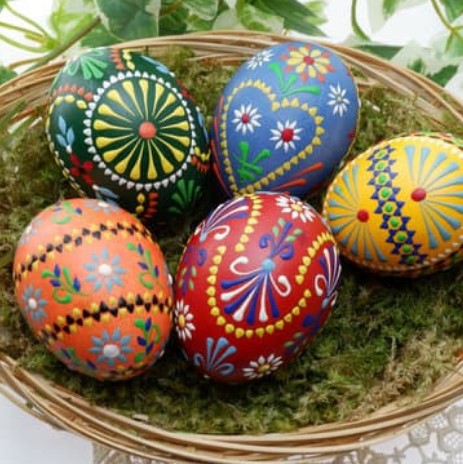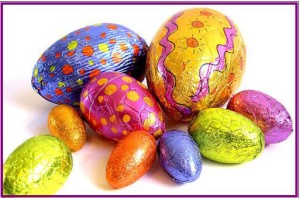
El pasado perfecto o pretérito pluscuamperfecto en inglés
El pasado perfecto, también llamado pluscuamperfecto, es un tiempo pasado que se construye con el auxiliar HAVE. Su construcción es bastante similar a la del presente perfecto, excepto que aquí se utiliza HAD (HAVE en el pretérito) + participio pasado.
Construcción del pasado perfecto en inglés
La construcción de este tiempo es, por tanto, : HAD + participio pasado
Louise had told us not to be late. Louise nos había dicho que no llegáramos tarde.
Somebody had left the window open. Alguien había dejado la ventana abierta.
If I had known, I wouldn’t have come. Si lo hubiera sabido, no habría venido.
¿Cuándo se usa?
El pasado perfecto expresa una conexión entre un momento del pasado y otro momento aún más lejano. Es el "pasado en el pasado".
Es una especie de "tiempo pasado de la narración", que se utiliza cuando toda la historia está en tiempo pasado y se quiere hablar de una acción aún más en el pasado.
Por ejemplo:
Last month, my mother wasn't at home, so I organised a party with my colleagues. My mother HAD TOLD me not to invite colleagues at home, but I didn’t care, and I invited them anyway. - El mes pasado, mi madre no estaba en casa, así que organicé una fiesta con mis amigos. Mi madre me dijo que no invitara a mis amigos, pero no me importó y los invité de todos modos.
“My mother had told me…” es una acción que tuvo lugar más allá de la organización de la fiesta. Por lo tanto, se utiliza el pasado perfecto.
Otro ejemplo: He said that he had never been so happier. - Dijo que nunca había sido tan feliz.
Ten en cuenta que el pasado perfecto no es el tiempo pasado más utilizado en inglés. A diferencia del pretérito y el presente perfecto, se puede mantener una conversación básica sin saberlo de memoria.
🔆 También te puede interesar:
- Cómo preguntar y expresar la posesión en inglés
- Cómo usar May y might - Verbos modales
- Conditionals in English - El condicional en Inglés
- Adjetivos y pronombres demostrativos en Inglés
- Pronombres Posesivos en inglés - Possessive Pronouns
- Adjetivos Posesivos en Inglés - Possessive adjectives
- ¿Cómo aprender inglés fácil y desde casa?
- Plural de los sustantivos en inglés
- Many more, a lot more y Much more. Usos en inglés
- ¿Qué son los phrasal verbs en inglés? Los más usados
- Cómo expresar opiniones en inglés
- Uso de whose en inglés - Pronombres relativos
- Who, which y that - Pronombres Relativos en inglés
- Was going to - El futuro en el pasado
- DO y MAKE en inglés ¿Cuáles son las diferencias?
- Cuándo usar Since, For, Ago: ¿Cuáles son las diferencias?
- The Gerund - El gerundio en inglés
- El Imperativo en Inglés - Imperative
- El comparativo y el superlativo en inglés
- Preguntas con WH-Questions 01 - What, where, why, who
- Preguntas con WH-Questions 02 - When, Which, Whose, How
- Cómo expresar cantidades en inglés
- Adjectives - Los Adjetivos en Inglés
- Uso de some / any acompañando nombres contables/incontables
- Modal verbs - Verbos modales en inglés
- El tiempo futuro en inglés
- Present Perfect Progressive - Presente perfecto progresivo
- Present perfect - El presente perfecto inglés
- Pretérito progresivo o continuo en inglés
- Simple past - El pretérito o pasado simple en inglés
- Presente continuo - Forma Afirmativa - English grammar
- Presente continuo - Forma Negativa
- Puntuación en inglés - All about punctuation in English
- Los verbos Auxiliares en inglés - Auxiliary Verbs
- Verbos irregulares en inglés, la lista que debes conocer
- Cómo decir la fecha en inglés - How to say the date in English
- Construir frases simples - To build a simple sentence
- Nombres contables e incontables en inglés
- Presente continuo - Forma Interrogativa
- Cómo Preguntar y decir el precio en inglés






